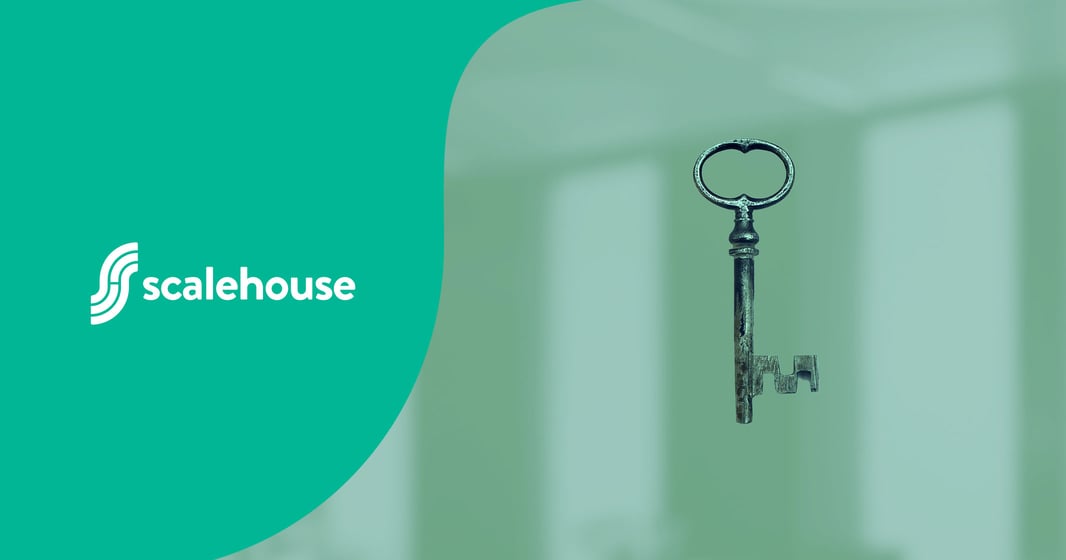Unlocking Flexibility with Modern Software Licensing Solutions
 Kristin Luck
Kristin Luck
As companies struggle with the complexity of software licensing management, innovative software licensing solutions are emerging. With literally hundreds (if not thousands) of platforms available specific to the data, insights and analytics sector, software license management has become increasingly critical for firms that rely heavily on technology. This means closely monitoring and tracking software licenses to ensure that their firm possesses the necessary licenses to meet current and future requirements.
A recent report from Infraon said “100% of organizations with 30,000 – 100,000 employees think that they are over-licensed and losing money, with nearly 20% stating that they are very over-licensed.”
As such, many software firms are seeing pushback on traditional subscription-based licensing models as clients suffer from subscription overload.
How best for software firms to navigate licensing pushback from existing or prospective buyers?
What can software buyers do to ensure their licensing dollars aren’t wasted?
Standard Software Licensing Models
First, let’s start with an overview of what are considered “standard” software licensing models today:
User-based licensing: Licensing is based on the number of users accessing the software. Clients pay for a specific number of licenses, which can be scaled up or down as needed.
Feature-based licensing: Licensing is based on specific platform features or modules. It means clients only pay for the specific features they need, which can be added or removed.
Usage-based licensing: This model is based on measured software usage. Clients are charged based on the amount of usage, such as the number of surveys completed, or data storage used.
Subscription-based licensing: In this model, clients pay a recurring fee for access to the software. The subscription fee may be based on the number of users, features used or a flat fee for unlimited access for a fixed period (generally 1-2 years).
Concurrent-based licensing: Concurrent licensing is based on the number of simultaneous users who access the software, which means clients pay for a specific number of concurrent licenses. These can be shared among users on an as-needed basis.
Within the data, insights and analytics sector, most software firms license on a subscription-based model. However, with so many licensed platforms available (from data collection to data analytics, text analytics, translation, transcription and a myriad of other use cases), it’s time to consider a few new licensing paradigms.
Emerging Software Licensing Approaches
PAYGO: Aka “pay-as-you-go” licensing has been utilized primarily as an alternative to freemium models when no freemium product exists. However, we find that PAYGO models can be useful when attempting to onboard clients who may be resistant to licensing a new product without a trial period.Tranche or “Bucketed” licensing: Rather than paying an annual subscription fee, clients pay for “buckets” of usage. In the data, insights and analytics sector, this may mean either pre-paying for a set number of completed interviews or purchasing a set number of unassigned licenses or days of usage that can be moved around the company at will.
Usage-based licensing: This model is based on measured software usage. Clients are charged based on the amount of usage, such as the number of surveys completed, or data storage used.
If you’re struggling with onboarding PROSPECTIVE BUYERS or are experiencing licensing churn, experimenting with new models may ensure you’re getting your platform in front of new users who, ideally, will turn into paying subscribers down the road.
Without a doubt, the “holy grail” of software licensing is subscription-based licensing, which should be utilized whenever possible. However, if you’re struggling with new customer acquisition or are experiencing licensing churn, experimenting with new models may ensure you’re getting your platform in front of users who, ideally, will turn into subscribers down the road.
For buyers, focus on optimizing spending through ongoing analysis of your company's actual licensing needs over time.
Interested in talking more about how to update your pricing or licensing models? Reach out to us!


